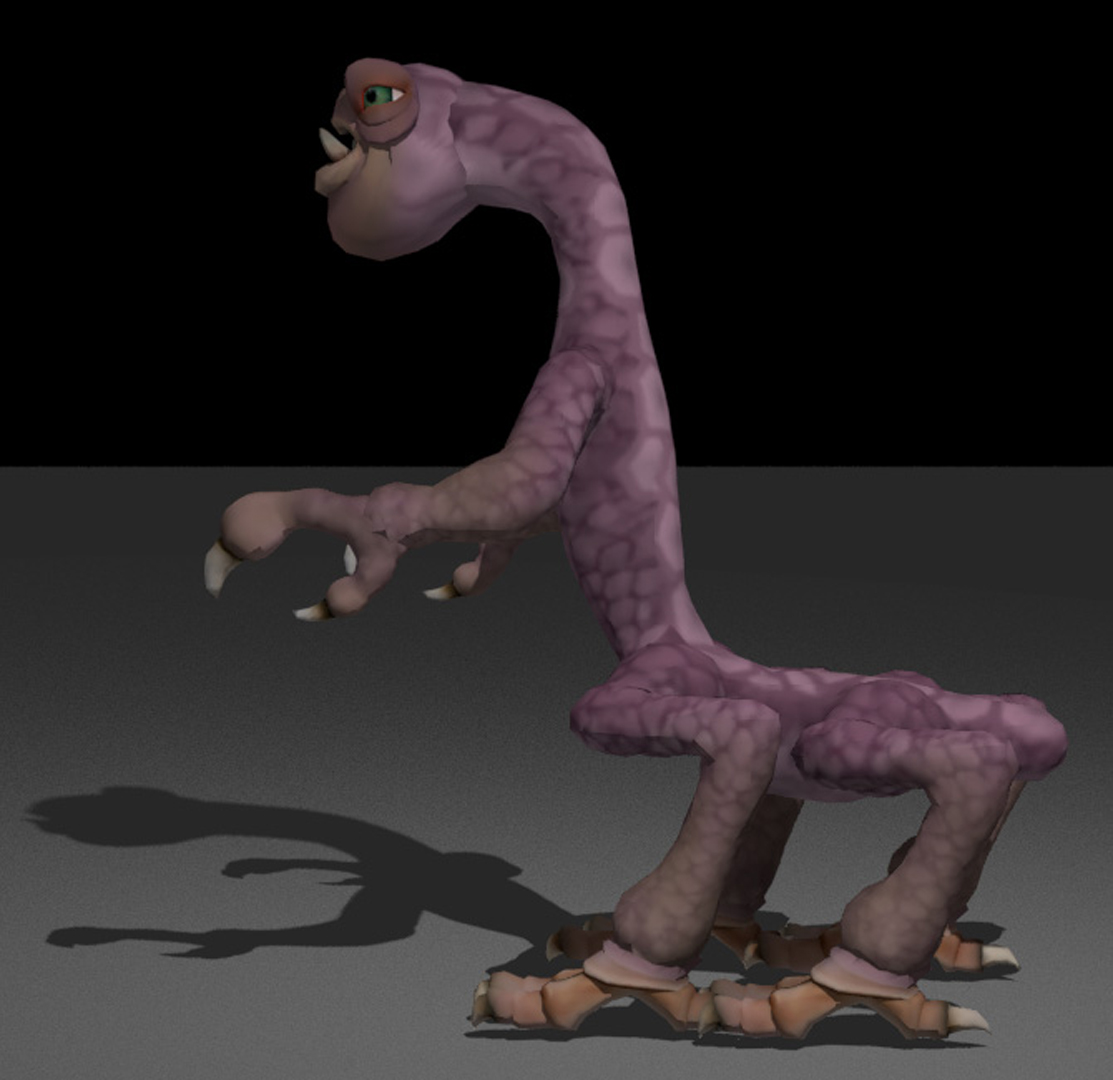“Fabricating articulated characters from skinned meshes” by Bächer, Bickel, James and Pfister
Conference:
Type(s):
Title:
- Fabricating articulated characters from skinned meshes
Presenter(s)/Author(s):
Abstract:
Articulated deformable characters are widespread in computer animation. Unfortunately, we lack methods for their automatic fabrication using modern additive manufacturing (AM) technologies. We propose a method that takes a skinned mesh as input, then estimates a fabricatable single-material model that approximates the 3D kinematics of the corresponding virtual articulated character in a piecewise linear manner. We first extract a set of potential joint locations. From this set, together with optional, user-specified range constraints, we then estimate mechanical friction joints that satisfy inter-joint non-penetration and other fabrication constraints. To avoid brittle joint designs, we place joint centers on an approximate medial axis representation of the input geometry, and maximize each joint’s minimal cross-sectional area. We provide several demonstrations, manufactured as single, assembled pieces using 3D printers.
References:
1. Abbat, J.-P., 1993. Articulated doll joint. U. S. Patent 5257873.Google Scholar
2. Baran, I., and Popović, J. 2007. Automatic rigging and animation of 3D characters. ACM Trans. Graph. 26, 3 (July), 72:1–72:8. Google ScholarDigital Library
3. Beer, F., Johnston, E. R., DeWolf, J. T., and Mazurek, D. F. 2011. Mechanics of Materials, 6 ed. McGraw-Hill.Google Scholar
4. Bickel, B., Bächer, M., Otaduy, M. A., Lee, H. R., Pfister, H., Gross, M., and Matusik, W. 2010. Design and fabrication of materials with desired deformation behavior. ACM Trans. Graph. 29 (July), 63:1–63:10. Google ScholarDigital Library
5. Blum, H. 1967. A Transformation for Extracting New Descriptors of Shape. In Models for the Perception of Speech and Visual Form, W. Wathen-Dunn, Ed. MIT Press, Cambridge, 362–380.Google Scholar
6. Dong, Y., Wang, J., Pellacini, F., Tong, X., and Guo, B. 2010. Fabricating spatially-varying subsurface scattering. ACM Trans. Graph. 29 (July), 62:1–62:10. Google ScholarDigital Library
7. Ferre, R., 2000. Form of articulated structures for dolls or puppet bodies. U. S. Patent 6033284.Google Scholar
8. Gibson, I., Rosen, D. W., and Stucker, B. 2010. Additive Manufacturing Tehnologies. Springer. Google ScholarDigital Library
9. Grey, M. J., 1999. Construction system. U. S. Patent 5897417.Google Scholar
10. Hašan, M., Fuchs, M., Matusik, W., Pfister, H., and Rusinkiewicz, S. 2010. Physical reproduction of materials with specified subsurface scattering. ACM Trans. Graph. 29 (July), 61:1–61:10. Google ScholarDigital Library
11. Hecker, C., Raabe, B., Enslow, R. W., DeWeese, J., Maynard, J., and van Prooijen, K. 2008. Real-time motion retargeting to highly varied user-created morphologies. ACM Trans. Graph. 27, 3 (Aug.), 27:1–27:11. Google ScholarDigital Library
12. James, D. L., and Twigg, C. D. 2005. Skinning mesh animations. ACM Trans. Graph. 24, 3 (Aug.), 399–407. Google ScholarDigital Library
13. Kavan, L., Collins, S., Zara, J., and O’Sullivan, C. 2008. Geometric skinning with approximate dual quaternion blending. ACM Trans. Graph. 27, 4 (Oct.), 105:1–105:23. Google ScholarDigital Library
14. Kry, P. G., James, D. L., and Pai, D. K. 2002. EigenSkin: Real Time Large Deformation Character Skinning in Hardware. In ACM SIGGRAPH SCA, 153–160. Google ScholarDigital Library
15. Lau, M., Ohgawara, A., Mitani, J., and Igarashi, T. 2011. Converting 3D furniture models to fabricatable parts and connectors. ACM Trans. Graph. 30, 4 (Aug.), 85:1–85:6. Google ScholarDigital Library
16. Lewis, J. P., Cordner, M., and Fong, N. 2000. Pose space deformations: A unified approach to shape interpolation and skeleton-driven deformation. In Proceedings of ACM SIGGRAPH 2000, Computer Graphics Proceedings, Annual Conference Series, 165–172. Google ScholarDigital Library
17. Matusik, W., Ajdin, B., Gu, J., Lawrence, J., Lensch, H. P. A., Pellacini, F., and Rusinkiewicz, S. 2009. Printing spatially-varying reflectance. ACM Trans. Graph. 28 (December), 128:1–128:9. Google ScholarDigital Library
18. Miklos, B., Giesen, J., and Pauly, M. 2010. Discrete scale axis representations for 3D geometry. ACM Trans. Graph. 29 (July), 101:1–101:10. Google ScholarDigital Library
19. Mohr, A., and Gleicher, M. 2003. Building efficient, accurate character skins from examples. ACM Trans. Graph. 22, 3 (July), 562–568. Google ScholarDigital Library
20. Nehab, D., Rusinkiewicz, S., Davis, J., and Ramamoorthi, R. 2005. Efficiently combining positions and normals for precise 3D geometry. ACM Trans. Graph. 24 (July), 536–543. Google ScholarDigital Library
21. Smith, J., Hodgins, J., Oppenheim, I., and Witkin, A. 2002. Creating models of truss structures with optimization. ACM Trans. Graph. 21 (July), 295–301. Google ScholarDigital Library
22. Wai, F. C. A., 2006. Frictional joint for toys. U. S. Patent 7566256.Google Scholar
23. Wang, R. Y., Pulli, K., and Popović, J. 2007. Real-time enveloping with rotational regression. ACM Trans. Graph. 26, 3 (July), 73:1–73:9. Google ScholarDigital Library
24. Weyrich, T., Peers, P., Matusik, W., and Rusinkiewicz, S. 2009. Fabricating microgeometry for custom surface reflectance. ACM Trans. Graph. 28 (July), 32:1–32:6. Google ScholarDigital Library
25. Whiting, E., Ochsendorf, J., and Durand, F. 2009. Procedural modeling of structurally-sound masonry buildings. ACM Trans. Graph. 28 (December), 112:1–112:9. Google ScholarDigital Library




